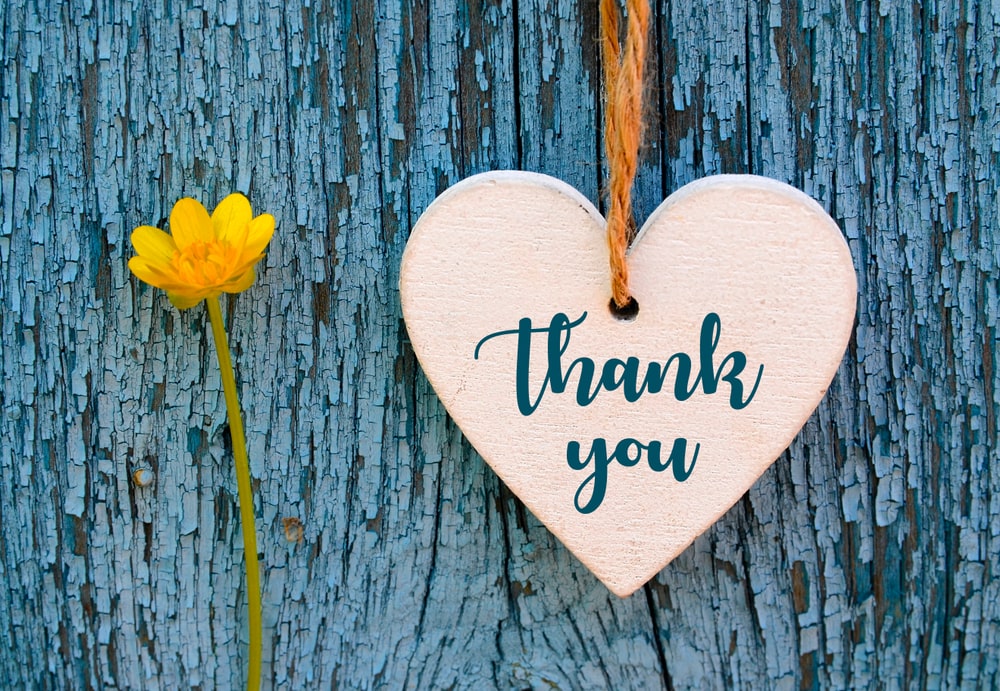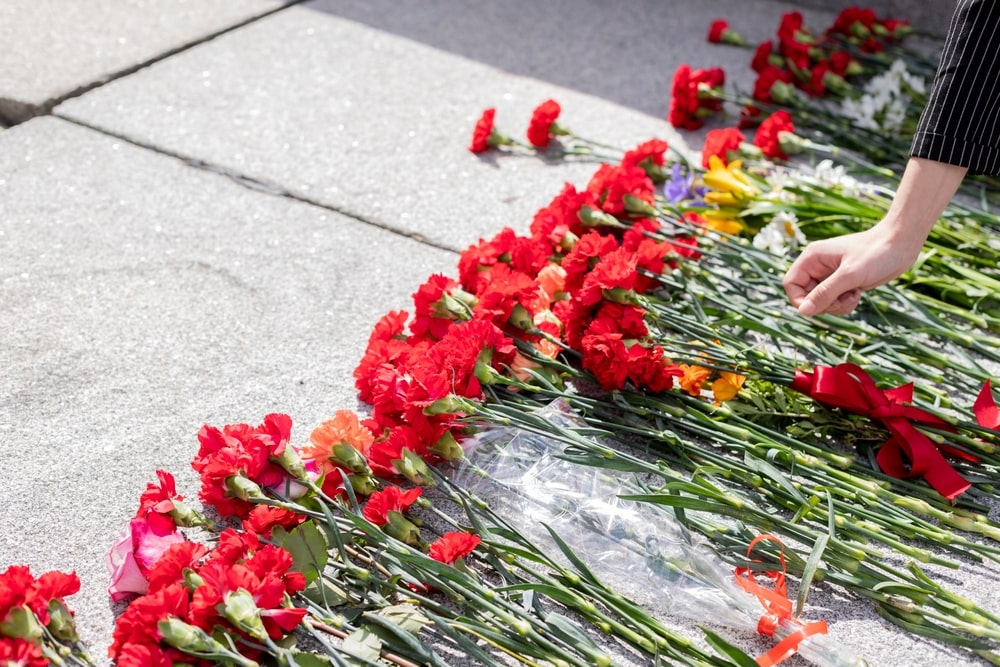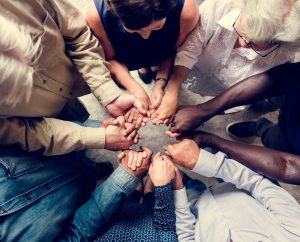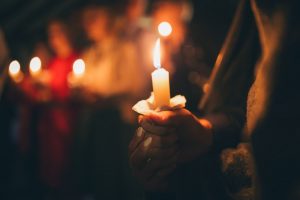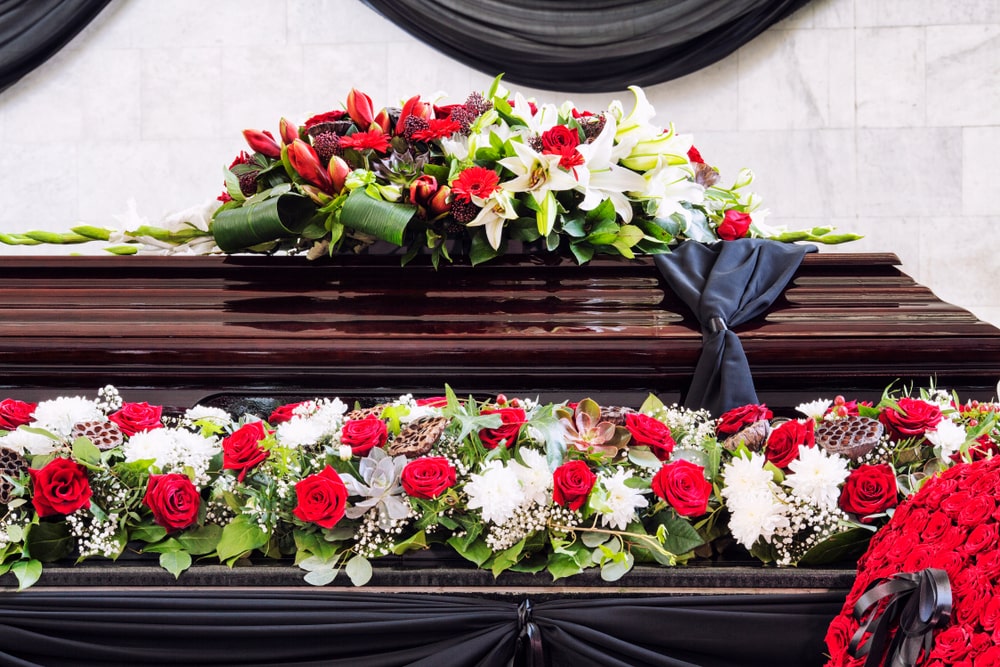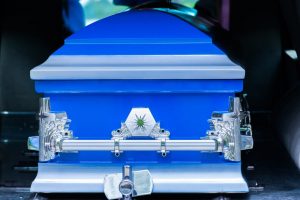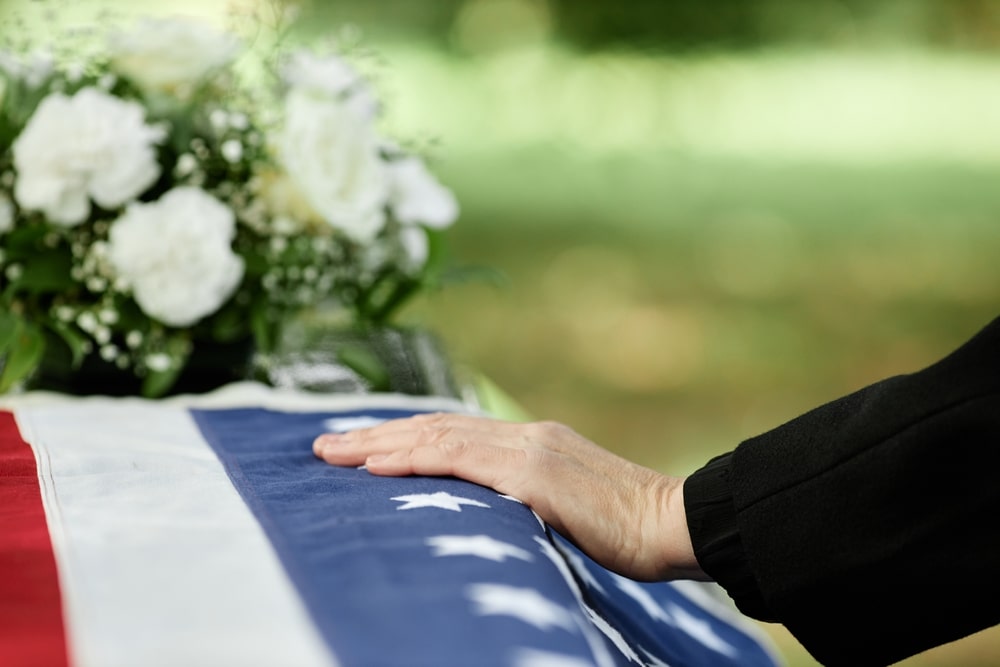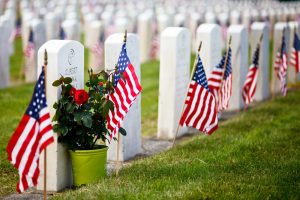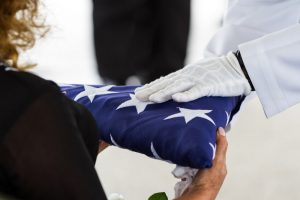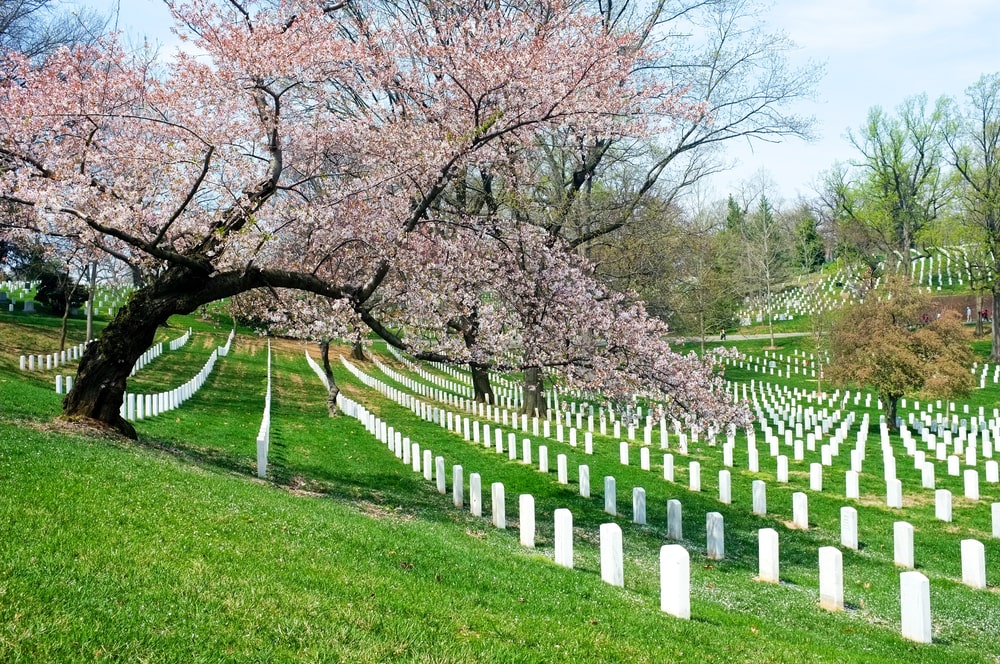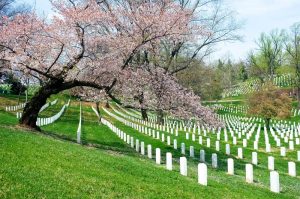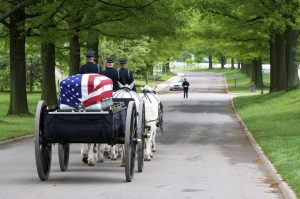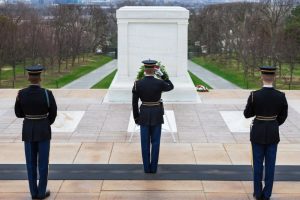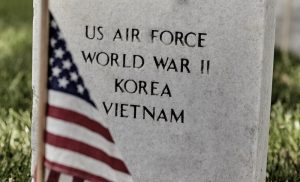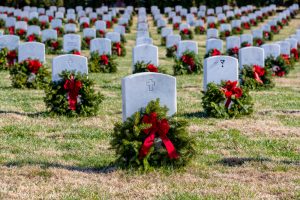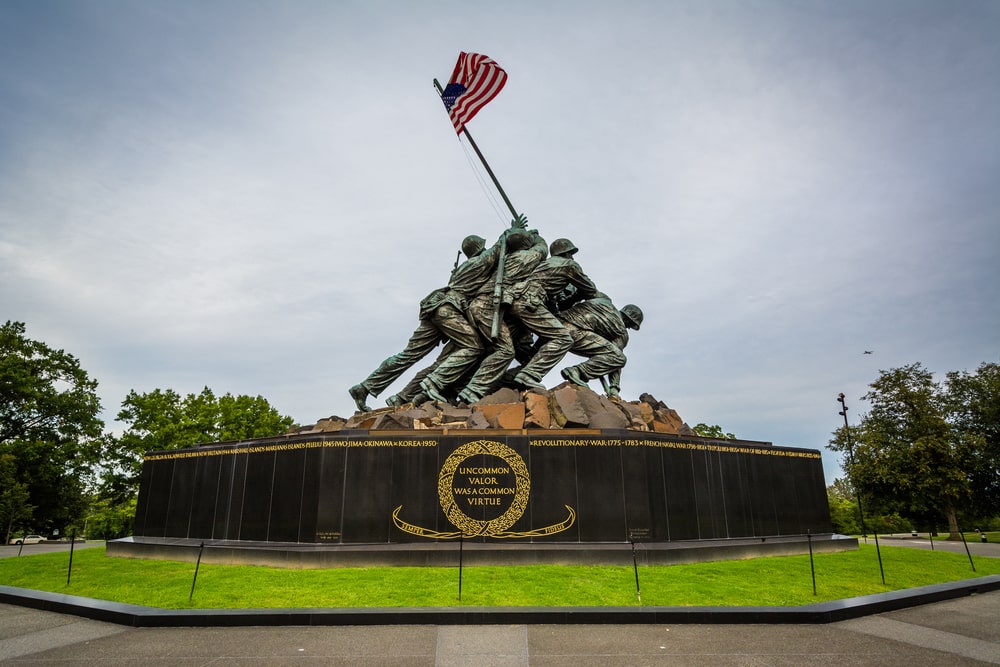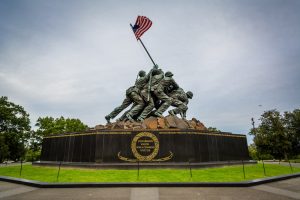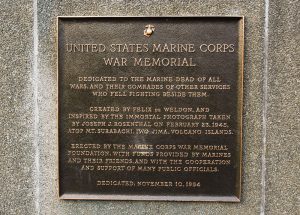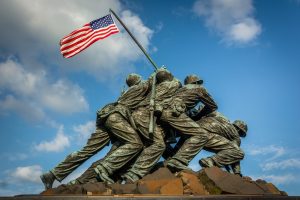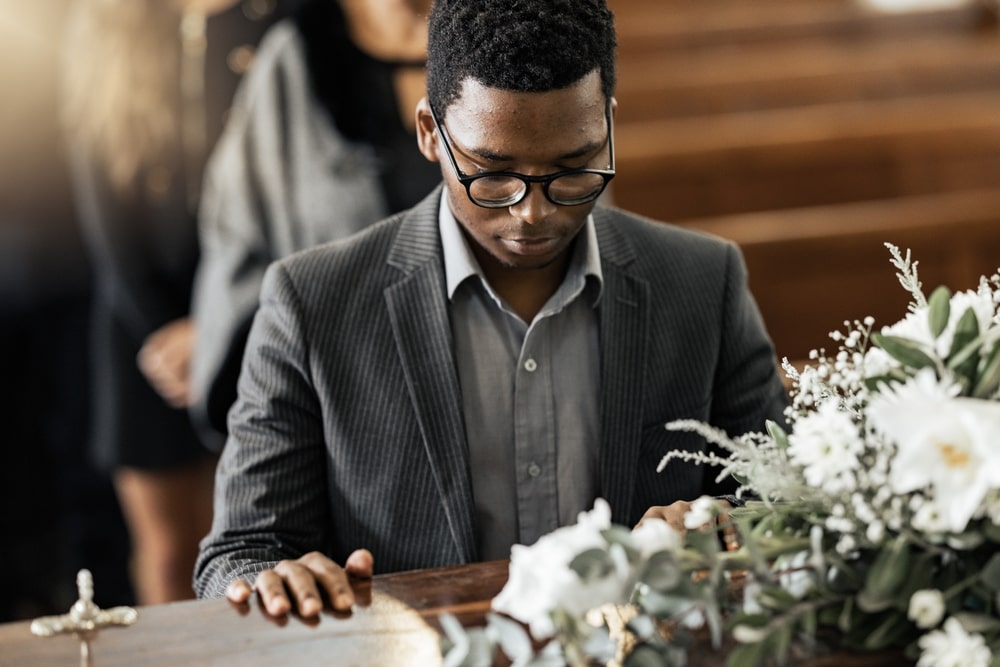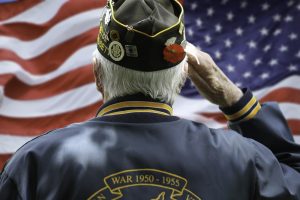
At some point in your life, you’ve likely heard the phrase that someone “died of a broken heart.” In most cases, people use this expression to refer to someone who fell into depression or deep sadness following the death of a loved one and eventually died without coming to a place of healing. But did you know that broken heart syndrome is a real thing and affects a small number of people every year? Let’s talk about it.
What is Broken Heart Syndrome?
Broken heart syndrome, also called stress cardiomyopathy or takotsubo cardiomyopathy, occurs when there’s a disruption of blood flow to the heart. The heart’s normal rhythm is interrupted, and the heart temporarily enlarges. This disruption is caused by extreme physical or emotional stress. Because the death of a loved one can trigger extreme stress, it’s not uncommon for cases of broken heart syndrome to coincide with a loss.
When you experience a stressful event, your body produces hormones and proteins, like adrenaline, to help you cope. However, in some rare cases, a section of heart muscle may become overwhelmed or stunned by the introduction of so much adrenaline. To compensate, the arteries narrow, causing a temporary decrease in blood flow to the heart. As a result, you may experience chest pain and shortness of breath.
What are the Symptoms?
Perhaps the two most common symptoms are chest pain and shortness of breath. Because of that, broken heart syndrome is sometimes confused with a heart attack. However, a heart attack occurs because of clogged arteries while broken heart syndrome happens when the heart can’t contract properly. In other words, a person with no history of heart ailments can still experience broken heart syndrome.
A few more symptoms to watch for are sweating, dizziness, low blood pressure, nausea, fainting, irregular heartbeat, or heart palpitations. After the stressful event begins, a person may experience these symptoms almost immediately or it may be several hours.
What are the Most Common Causes?
The trigger for this ailment is extreme emotional or physical stress, but what causes that stress differs from person to person. While researchers are still actively learning more, here are a few examples of events that have caused broken heart syndrome in others:
- Job loss
- Major surgery
- Death of a loved one
- Divorce or other close relationship loss
- A sudden illness, like an asthma attack or an allergic reaction
- Some medications, such as for anxiety (rare)
- Some illegal substances, like methamphetamine or cocaine
- Extreme anger or intense fear
Who Is Most Likely to Experience It?
While anyone can experience broken heart syndrome, it’s most common in women ages 50+. A recent study found that about 2% of suspected heart attacks were actually broken heart syndrome. However, that percentage is likely a bit higher.
Women make up about 88% of reported cases, and most are post-menopausal. It’s thought that estrogen protects the heart against the harmful effects of hormones, and when the estrogen level declines after menopause, women are more susceptible to sudden stress. Additionally, a 2020 study found that post-menopausal women dealing with anxiety disorders had a higher risk than women without anxiety.
Can You Die from Broken Heart Syndrome?
Death from broken heart syndrome is very rare, occurring in only 1% of cases. Most people make a full recovery within a month and have no long-term heart damage. Thankfully, the condition is completely reversible for 99% of cases.
What Do I Do If I See a Friend or Family Member Exhibiting Symptoms?
If you are with a friend or family member following the loss of a loved one, pay attention if they complain of chest pain, shortness of breath, or dizziness. If the person already has a heart condition, then it may be a heart attack. However, if there’s no history of heart disease, it could very well be broken heart syndrome. Only the doctor can give you a proper diagnosis and treatment plan.
Quick FAQ
Q: Can everyday stress cause broken heart syndrome?
A: According to what doctors currently know, the syndrome only occurs suddenly and resolves quickly. If you have chronic chest pains or shortness of breath, talk to your doctor to see what else may be happening with your health.
Q: Are there different types of broken heart syndrome?
A: Yes, there are 4 different types – apical, mid-ventricular, basal, and focal. It all depends on which section of the heart gets stunned, though apical is most common. Apical refers to the lower half of the heart.
Q: Can you prevent broken heart syndrome?
A: To lower your potential risk, you can learn stress management and problem-solving techniques that will help you decrease your overall physical and emotional stress. You could journal, meditate, exercise, take a warm bath, get plenty of sleep, or do something else to relax. These practices are good during any season of life, not just stressful ones.
Hopefully you will never encounter broken heart syndrome, but if you do, you now know what it is and the best way to help a friend or family member through it. Be safe out there!













